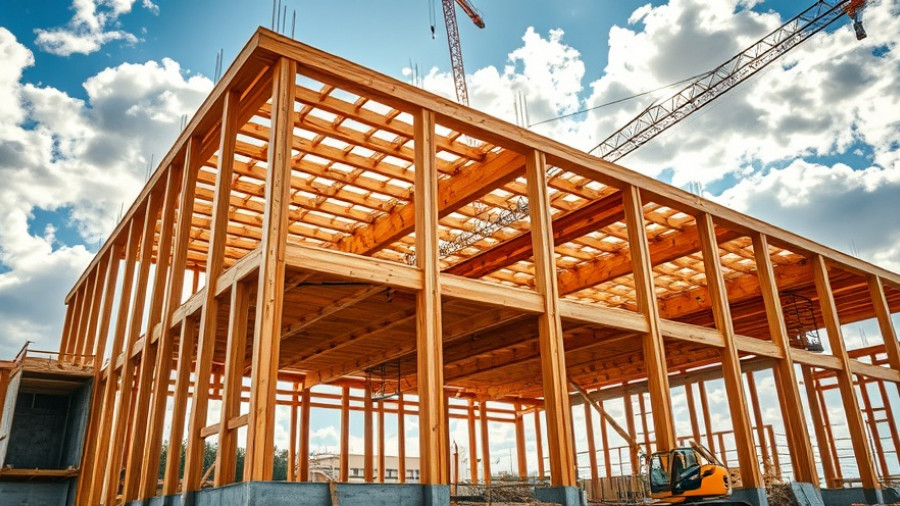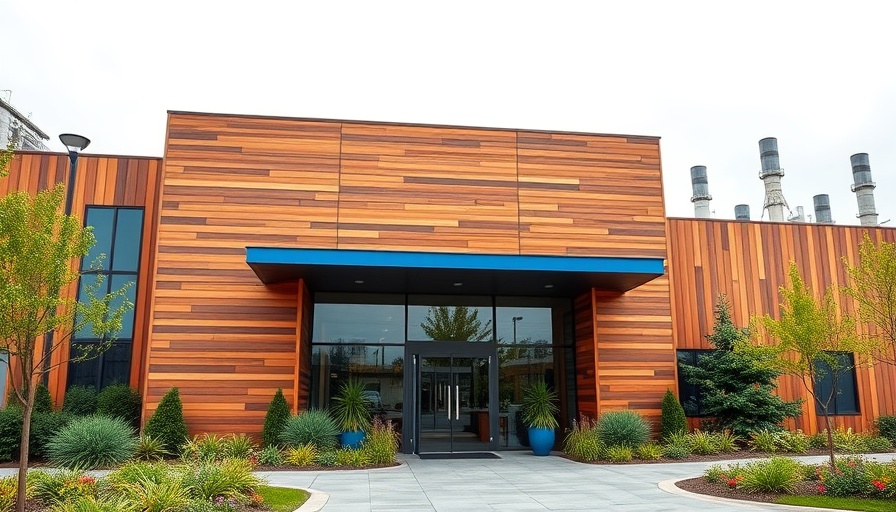
Why Infrastructure Funding is Crucial for America’s Future
The recent comments from Transportation Secretary Sean Duffy during the Senate Environment and Public Works Committee hearing underscore a critical moment in U.S. infrastructure funding. As lawmakers gather momentum for the next multi-year Surface Transportation Reauthorization Bill, the significance of timely and nonpartisan allocation of federal funds is paramount. The 2021 Infrastructure Investment and Jobs Act (IIJA) infused $550 billion into federal highway, transit, and infrastructure programs, a move hailed by professionals and advocates alike as essential to safeguarding the progress in U.S. infrastructure maintenance and enhancement.
Balancing Rapid Development with Strategic Integrity
In his testimony, Duffy pledged to adopt a nonpartisan outlook when it comes to fund distribution, signaling a comprehensive approach to project approval processes. The ongoing freeze on several already-allocated projects due to lengthy reviews—specifically pertaining to sustainability and equity measures—raises alarms among business owners and property developers who rely on these funds for operational growth. The emphasis on permitting reform that Duffy noted is a step towards unfreezing projects that have been endorsed and, thus, fortifying the stability of businesses anchored in these developments.
Community Impact: A Nonpartisan Approach to Infrastructure
Infrastructure is a lifeline for communities across the country and should be viewed through a nonpartisan lens, as Duffy aptly stated. Roads, bridges, and public transit systems are not merely physical constructs; they are central to economic vitality. For the health-conscious business owner investing in communal development, understanding the implications of these policies becomes a matter of urgency. Any delay in funding or resource allocation impacts everyone—from the executives steering commercial construction firms to the homeowners relying on the integrity of community infrastructure.
Future Predictions: What Lies Ahead for Infrastructure Funding?
While the exact dollar amounts for the upcoming Surface Transportation Reauthorization Bill remain unspoken, it is anticipated that there will be a consensus on the necessity of sustained investment. Infrastructure needs will continue to grow as the U.S. urbanizes and modernizes. The challenge will involve anticipating and prioritizing projects that address immediate needs as well as future demands. Stakeholders in the commercial construction sector must remain agile and informed to leverage upcoming funding trends effectively.
Actionable Insights for Business Leaders
The status of infrastructure funding is critical to strategic planning for business owners, property developers, and local community leaders. Understanding the implications of permit reform and the potential thaw in project approvals can guide investment decisions. Leaders should consider advocating for transparency in review processes and remain engaged with lawmakers to offer insights on community needs. Igniting dialogue around infrastructure could yield lasting advancements beneficial for all sectors.
 Add Row
Add Row  Add
Add 




Write A Comment